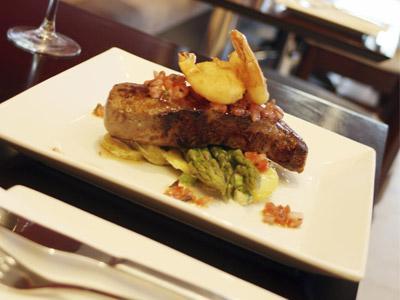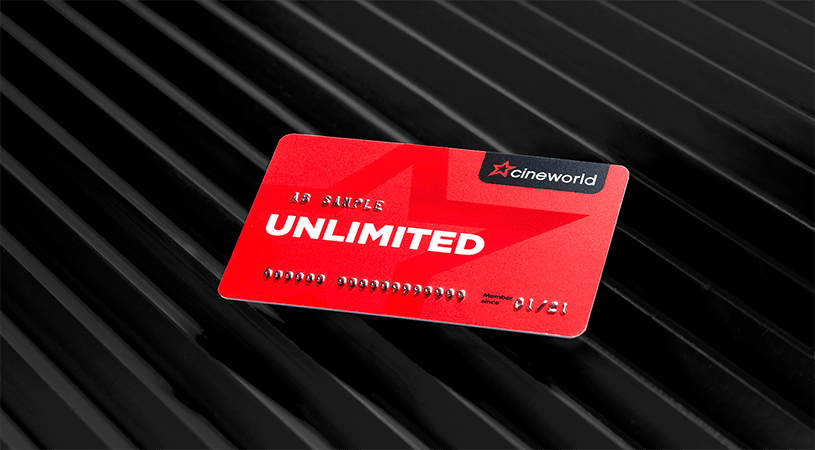Dining out is still popular at the moment, but consumers are looking for smarter ways to enjoy life’s luxuries. While in the past vouchers and discount cards weren’t in vogue, today’s diners are more than happy to utilise offers to enable them to treat themselves more often, without worrying so much about the cost.
Here are some key reasons for the popularity of dining cards in 2025:
- Providing Value: Offering cost savings through discounts, special offers, and loyalty points, appealing to budget-conscious consumers.
- Enhancing Dining Experiences: Offering personalised deals and exclusive perks, fostering loyalty and engagement.
- Aligning with Business Strategies: Driving direct business, securing upfront revenue, increasing customer retention, and providing upselling opportunities.
- Catering to Evolving Consumer Preferences: Meeting the demand for experiences and convenient solutions for busy lifestyles.
Employers have also tapped into this change in mind set, and we’ve seen a surge in dining cards being offered as cost effective incentives for employees. Depending on the type of card given, the benefits to recipients can last all year, while employers often only pay a one-off up-front cost – usually at a reduced corporate rate.
Dining Cards Reward Loyalty
There are three main types of dining cards on offer: the privilege or reward card, such as the Gourmet Society or Taste Card which require paid membership but give discounts at selected eateries throughout the year; traditional points based schemes, where diners accrue points to be exchanged for rewards; and restaurant gift cards which allow employers to give a one-off meal out gift to employees.
To make the most of their cards, employees should make sure they check when and where they can use it, visit the scheme’s website to discover new eateries and offers, and keep their cards handy in case they go for a spontaneous meal out. If it’s a points-based scheme, employees should make sure they cash them in to get their rewards. Our recent loyalty survey found consumers regularly forget exchange their points, sitting on around £220m points every year in the UK, with five per cent– some 2.24m people – never cashing their points in.
The schemes will continue to be popular provided the schemes are kept fresh and interesting, for example, by introducing new eateries and additional offers. Reward and design creativity is vital too, as is effective communication of scheme benefits to customers via email, direct mail and social media.
Got an idea for your own reward-based card? Take a look at how we can help you reward your loyal customers.






